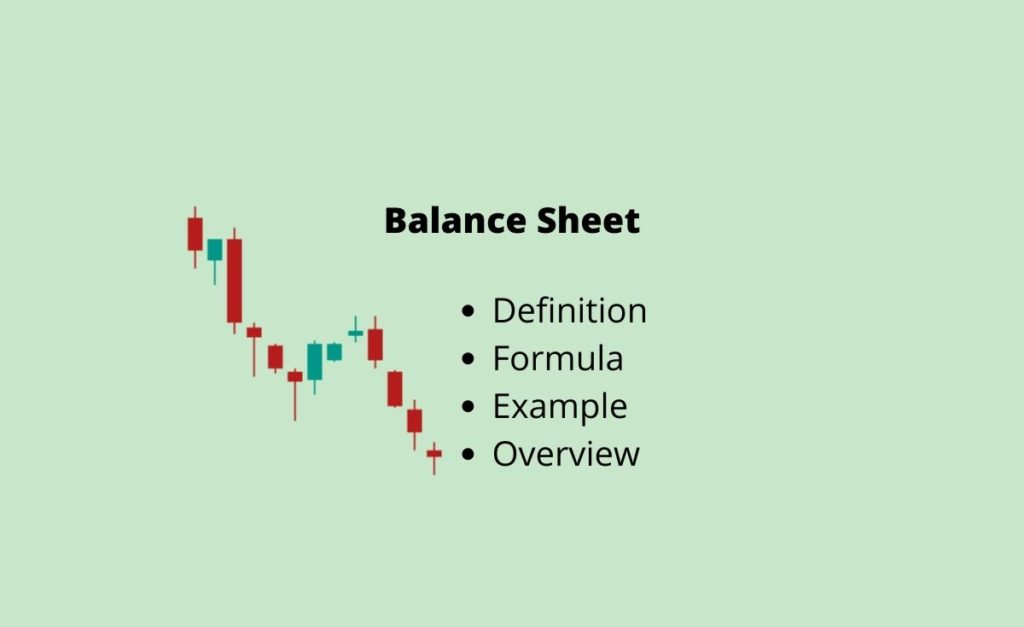What is the meaning of averaging down?
Averaging down is a strategy short and long term investors use by buying more shares of a stock or other securities when the price drops lower than what they previously paid.
Traders and investors must own shares in order to apply this method. The idea behind averaging down is to reduce the overall purchase price and bring it closer to the current market price.
This is the opposite of averaging up where traders and investors sell more shares to bring the average sale price up close to the market price. Averaging up works on short positions.
How does averaging down work?
Stocks and securities we buy don’t move in the direction we anticipated. Sometimes we see ourselves in losses that we did not anticipate.
Investors use averaging down in an attempt to reduce losses from previously owned shares in a stock. By buying more shares, the average purchase price decreases. As a result, the upward momentum of the stock price will reduce the losses on their position.
Example of averaging down
From your predictions, you anticipated an uptrend movement in a particular sector. Because of this information, you decided to take a long position on one stock in that sector. Let’s assume that you bought 100 shares at $2 per share at a total cost of $200.
Instead of going up as you anticipated, the stock went down and it is now trading at $1 per share. You have two choices at this time. One is to sell and take a loss on the trade. Or two, you can average down to decrease your average purchase price and hope the price will go back up.
If you chose option one, you will sell 100 shares at $1 per share and take home $100. Since your cost was $200, you will lose $100 or 50% on this trade.
Instead of taking this loss, you decided to average down and bought 200 shares at $1 each and paid a total of $200. Your new position in the stock is 300 shares at an average cost of $1.3 per share or $400 in total.
With good news in the market, the stock jumped up and reached $1.63 per share. You decided to sell all your shares in the stock at $1.63 per share. Your total sale price is $489.
Now let’s see if we made or lost money on this trade. Your total cost was $400 and your total sale is $489. The difference between these two numbers is your profit. That is, you made $89 by averaging down on the stock.
You were able to turn a losing position into a winning one by averaging down on the stock.
Benefits of averaging down
By averaging down, you will bring the average cost close to the current price of the stock. You will then break even or make a big profit if the price goes back up.
This method will help you reduce losses you could take if the price does not go to the previous purchase price.
Disadvantages
By averaging down, you are putting more money into the market. In order words, you are increasing your position size in the stock. What do you think will happen if the price continues to plummet? The answer is, you will have a big loss.
The more money you have in stock, the more you lose if the trade goes against you. This is why many investors including myself advise traders to avoid averaging down. The risks with this method are higher and rewards are probably not worth the hustle.
Final words
By averaging, short term investors and traders get out of the market once the price moves in the direction they want.
Averaging down can be tempting and you can lose all your money if you do not use this technique carefully.
When going long, average on the stocks with higher chances of going back up. This is the only way you will make your money back if you are lucky.
Many investors recommend exiting your position instead of averaging down. You can always make money somewhere else.









